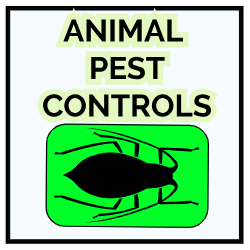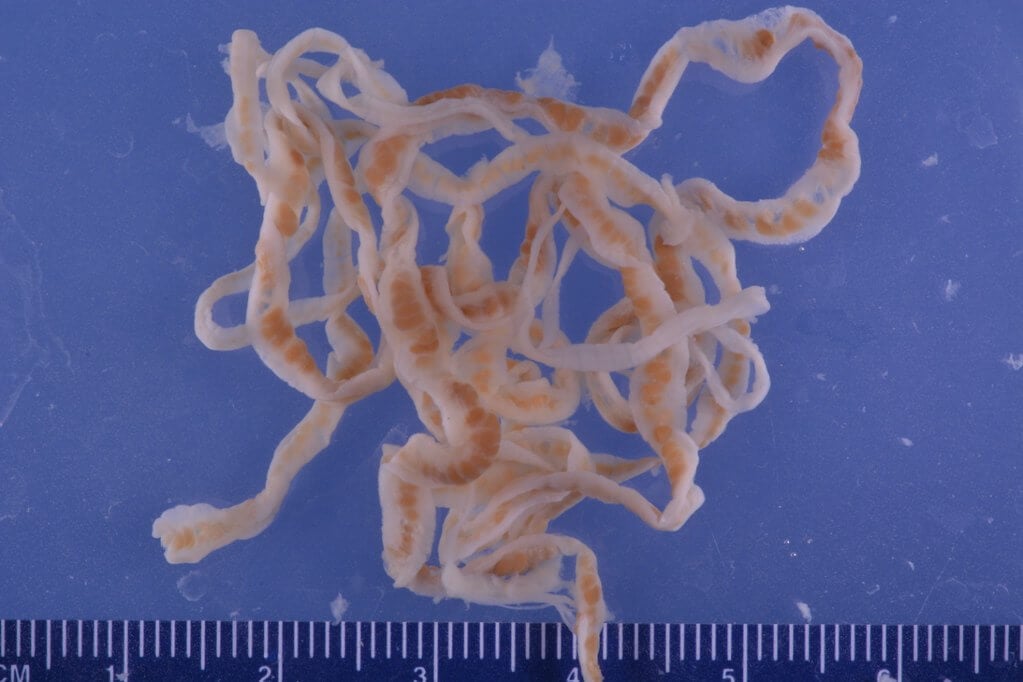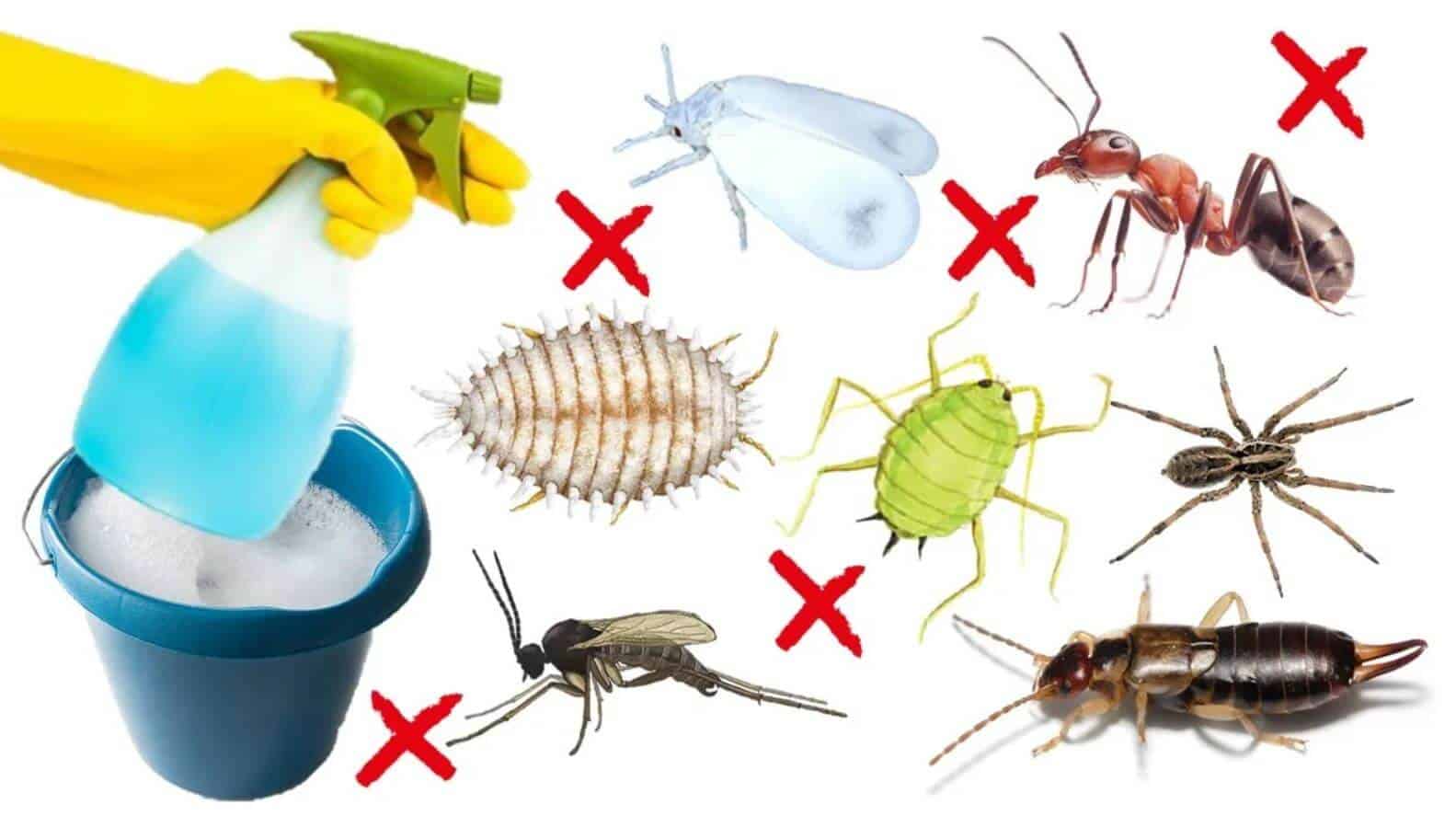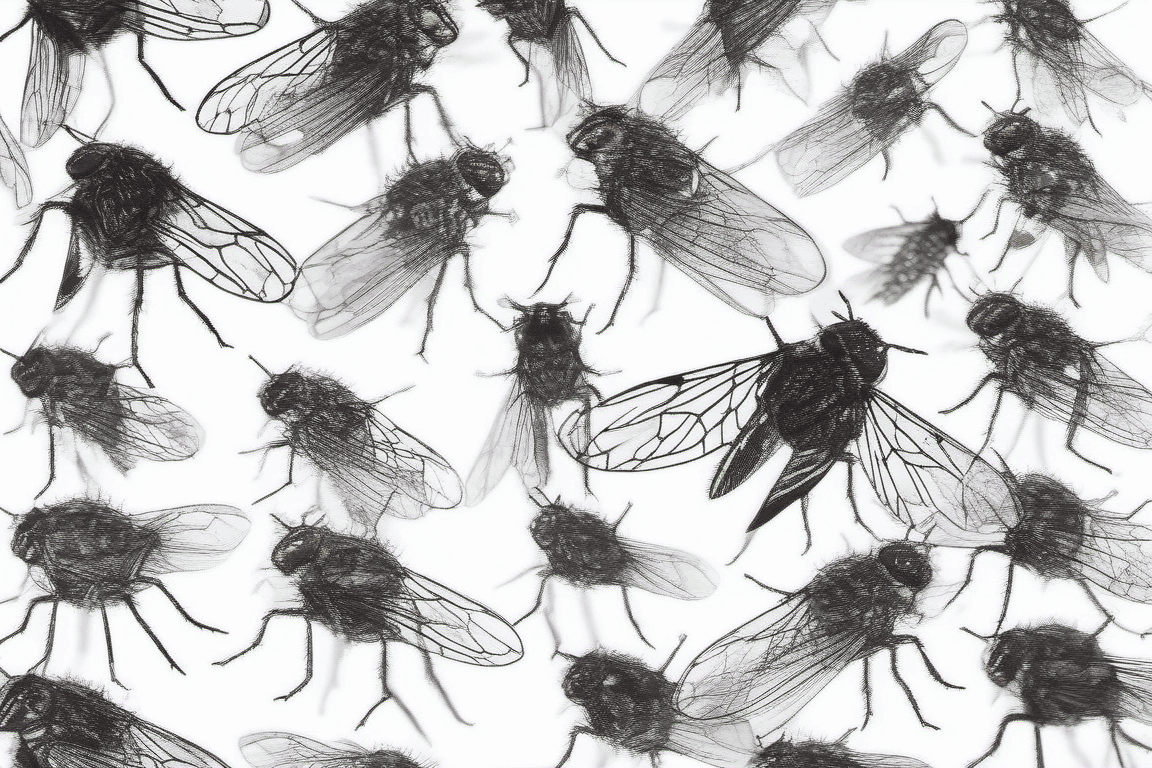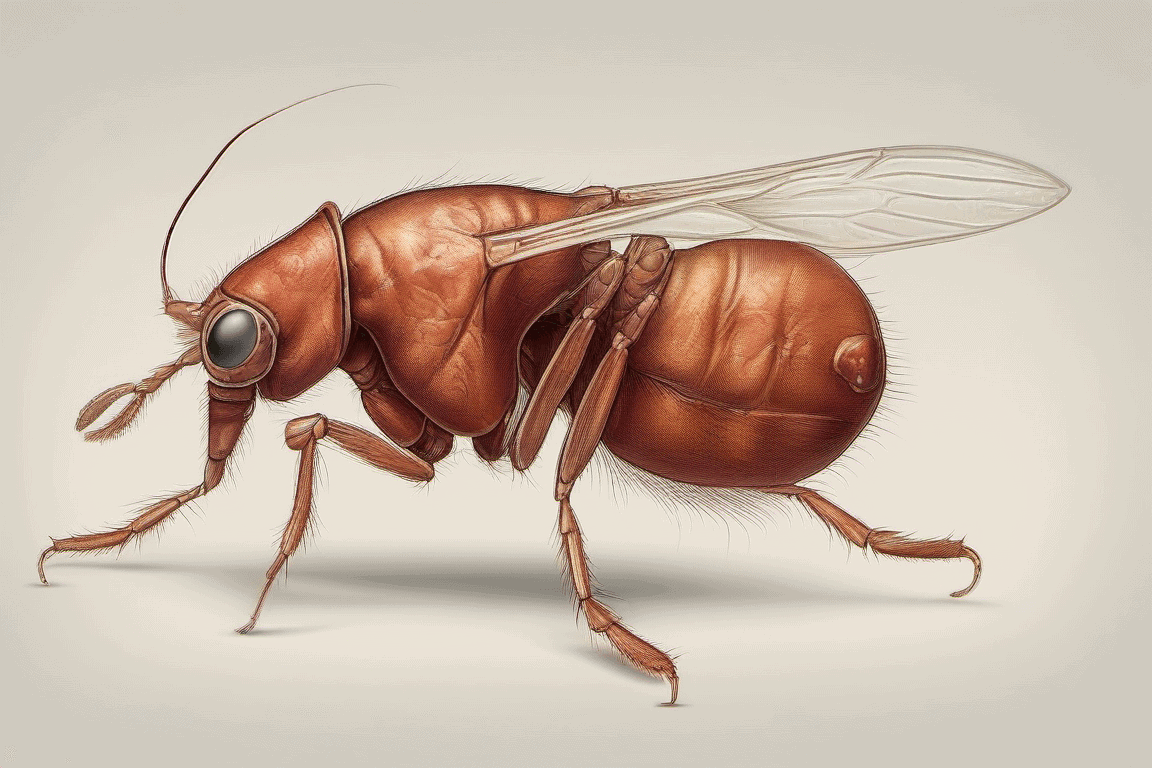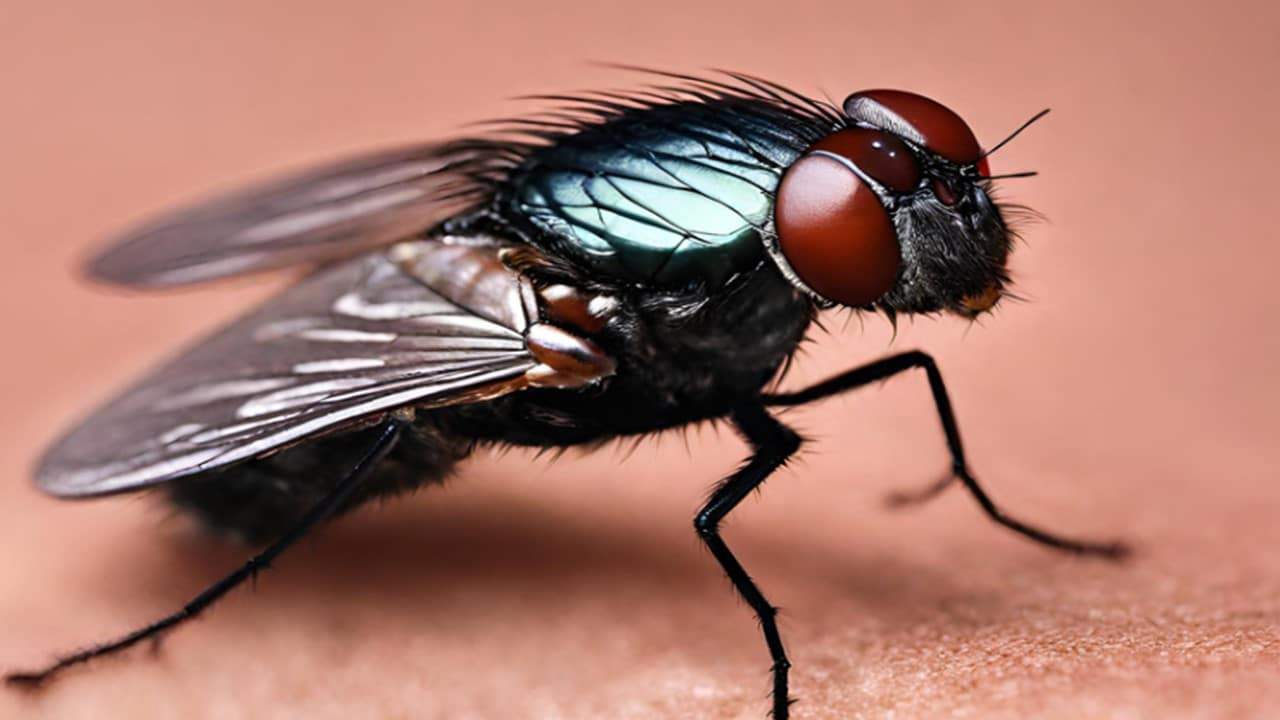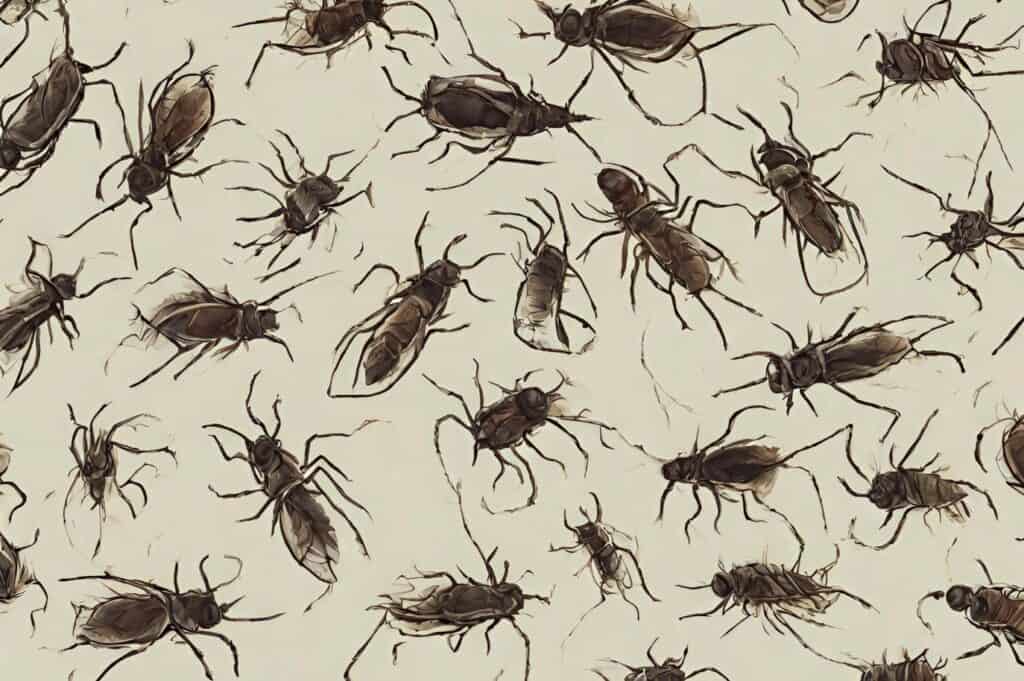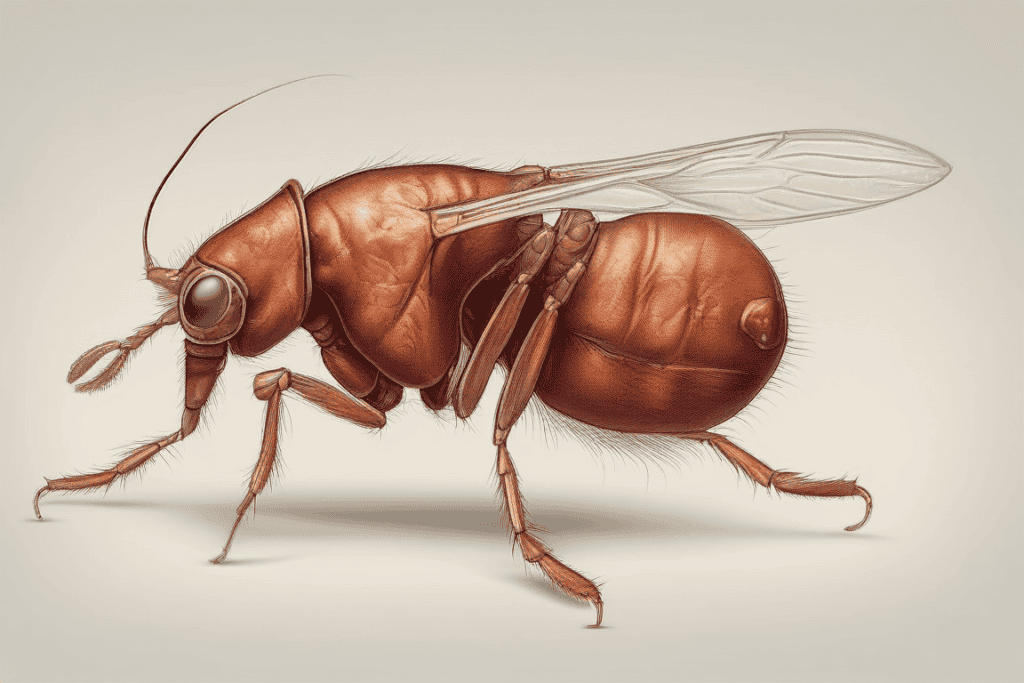A female flea can lay up to 2,000 eggs in her lifetime. That’s an itchy nightmare for you and your furry friend!
If those pesky fleas have turned your yard into their jumping castle, don’t reach for the harsh chemicals.
This is your guide to a flea-free lawn, naturally!
We will uncover effective and safe methods for your pets, family, and the environment. We’ll cover everything from creating your DIY flea traps to using surprising natural repellents that’ll make fleas hightail it out of there.
But wait, there’s more! We’ll also discuss how to break the flea life cycle because eliminating adult fleas is only half the battle.
We’ll show you how to target flea larvae and eggs lurking in the grass and shady areas. You will learn how to create an unwelcoming yard for fleas.
Think of strategic landscaping choices and even some unexpected allies in the fight against fleas. So, sit tight, and let’s banish those fleas from your yard for good!
Table of Contents
What are Fleas?
If you’ve ever seen a flea up close, you’ll know they are tiny but mighty creatures. At about 1-2 millimeters in length, these dark-brown pests have flat bodies perfect for navigating through fur and carpets.
Fleas have powerful hind legs that allow them to jump incredible distances relative to their size, making them adept at moving between hosts and laying eggs in various environments.
Despite their small size, fleas are incredibly resilient and can survive harsh conditions for extended periods.
These parasitic insects have specialized mouthparts designed to pierce the skin of humans and animals to feed on blood.
Their reproductive capabilities are equally impressive – a female flea can lay hundreds of eggs in a few months, making infestations hard to control once established.
Now, let’s jump right into the methods to eliminate fleas;
1. Mow and rake your lawn regularly
Mowing and raking your lawn isn’t just good for maintaining a neat appearance; it’s also essential in the fight against fleas.
Keeping your grass short reduces the flea habitat as they thrive in tall, unkempt grass. Mowing disrupts their living space and exposes them to natural predators and elements like sunlight that can help control their population.
Raking the lawn is equally crucial as it helps remove organic debris like leaves, twigs, and grass clippings where flea eggs and larvae often hide.
This practice lowers the flea population, enhances air circulation, and increases sun exposure on your lawn.
By incorporating these simple tasks into your regular yard maintenance routine, you’re taking proactive steps in creating a less hospitable environment for fleas to thrive.
2. Remove debris and declutter your yard
Removing debris and decluttering your yard is crucial for killing fleas and their larvae and maintaining a healthy outdoor space.
Clearing away piles of leaves, branches, and other debris eliminates hiding spots for fleas and other pests, reducing the chances of infestation.
Besides, a clutter-free yard allows better air circulation and sunlight exposure, making it less hospitable for fleas to thrive.
Cleaning your and removing any unnecessary items create an inhospitable environment for fleas.
Consider investing in storage solutions like bins or sheds to keep outdoor items organized and prevent clutter from accumulating.
Remember that decluttering goes beyond physical objects – trimming overgrown bushes enhances the aesthetic appeal of your yard and reduces flea habitats.
A well-maintained yard prevents flea infestation and creates a relaxing outdoor space for you to enjoy without worrying about pesky pests lurking around.
3. Sprinkle cedar chips
Cedar chips are a natural and effective solution to repel fleas.
Cedar is famous for its insect-repelling properties, making it an ideal choice for combating fleas in outdoor spaces.
The aroma of cedar repels fleas, keeping them away from your yard and preventing infestations.
It contains sulfur – a repulsive element for fleas, and it also prevents the hatching of their eggs. Additionally, cedar chips are a sustainable and environmentally friendly option for flea control.
Using natural materials like cedar instead of chemical pesticides protects the environment while managing flea populations in your yard.
So next time you need a safe and eco-friendly solution to eliminate fleas, consider sprinkling some cedar chips around your outdoor space—it’s a simple yet powerful method you and the environment will appreciate.
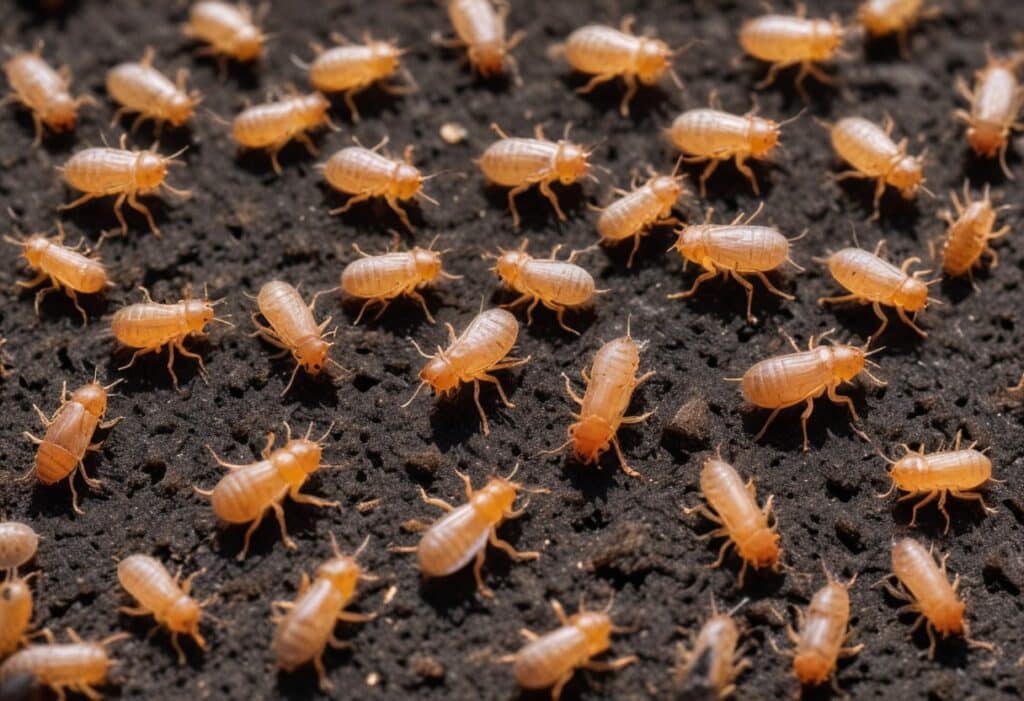
4. Introduce nematodes to your yard
Nematodes can be a game-changer in the battle against fleas.
These tiny and often misunderstood organisms are natural predators of flea larvae, making them a powerful ally in pest control.
Releasing nematodes into your yard is like enlisting an army of microscopic soldiers to target and destroy flea populations at their source.
Visit the nearest gardening store to get these beneficial nematodes.
You can also order them online. Unlike chemical treatments that may harm beneficial insects or pets, nematodes target fleas without causing harm to other creatures or plants in your yard.
This eco-friendly approach helps rid your outdoor space of fleas and maintains the delicate balance of your garden ecosystem.
Next time you want to tackle fleas in your yard, think beyond conventional methods and let these biological warriors do the hard work for you.
5. Evict wildlife
Evicting wildlife from your yard can be challenging and requires a thoughtful approach.
While it’s crucial to keep pests like fleas at bay, we must also consider the impact of local wildlife on your yard.
Instead of resorting to harsh methods, create a habitat that naturally deters unwanted visitors while welcoming beneficial species.
One way to evict wildlife is to utilize scent-based deterrents that are safe and non-toxic. Plants like lavender, mint, and marigolds emit fragrances that repel pests without harming the environment.
Additionally, maintaining a tidy yard by removing clutter and debris can discourage wildlife from taking up residence.
Adopt sustainable practices and embrace coexistence with nature to manage wildlife in your yard while promoting a healthy ecosystem.
Remember, balance is vital when evicting unwanted guests without harming the environment or disrupting the natural order.
6. Apply boric acid
When battling a flea infestation in your yard, one excellent solution people often overlook is boric acid.
This powerful substance dehydrates fleas and their larvae, wiping them out without posing significant risks to humans or pets.
However, you must avoid applying it to your precious plants as it can affect them.
To apply boric acid, sprinkle the powder over areas where fleas hide or frequent, such as grassy areas, under shrubs, and around pet resting spots.
Be sure to follow safety instructions and avoid direct contact with skin or inhalation during the application process. Boric acid is a versatile option for tackling flea problems in outdoor spaces.
Its ability to penetrate insect exoskeletons and disrupt their internal systems makes it an ideal choice for long-lasting pest control.
Take advantage of this natural remedy to create a flea-free environment that promotes your family and pet’s safety.
7. Sprinkle diatomaceous earth
Diatomaceous earth is a powdery substance that consists of razor-sharp minerals.
These minerals cut and dehydrate fleas, ultimately killing them and other insects on contact.
The microscopic particles in diatomaceous earth have sharp edges that pierce the exoskeleton of fleas, causing them to dry out and perish.
Moreover, diatomaceous earth is not harmful to pets or humans. Unlike traditional pesticides that can leave harmful residues in your yard, diatomaceous earth provides a safe and environmentally friendly solution for flea control.
8. Spray neem oil
Another excellent and natural way to combat fleas in your yard is by using spray neem oil.
Neem oil, derived from the seeds of the neem tree, is a powerful repellent that disrupts the life cycle of fleas and hinders their ability to reproduce.
Its potent properties make it a safe and eco-friendly alternative to chemical pesticides that can harm beneficial insects in your yard.
When preparing a neem oil spray, dilute it with water and mild soap to help the mixture adhere to plants and surfaces.
This concoction targets adult fleas, their eggs, and larvae, providing comprehensive control over flea populations in your outdoor space.
Applying neem oil from time to time can help create a flea-free environment for you and your pets while keeping your garden flourishing sustainably.
Conclusion
Tackling fleas in your yard requires persistence and a multi-faceted approach.
You can rid your outdoor space of these pesky pests and prevent them from returning by following these steps. Don’t forget to regularly maintain your yard, treat your pets, and use natural remedies to deter fleas.
With a little effort and creativity, you can enjoy a flea-free environment for yourself and your furry friends. So go forth against fleas, brave warrior, and reclaim your yard!
